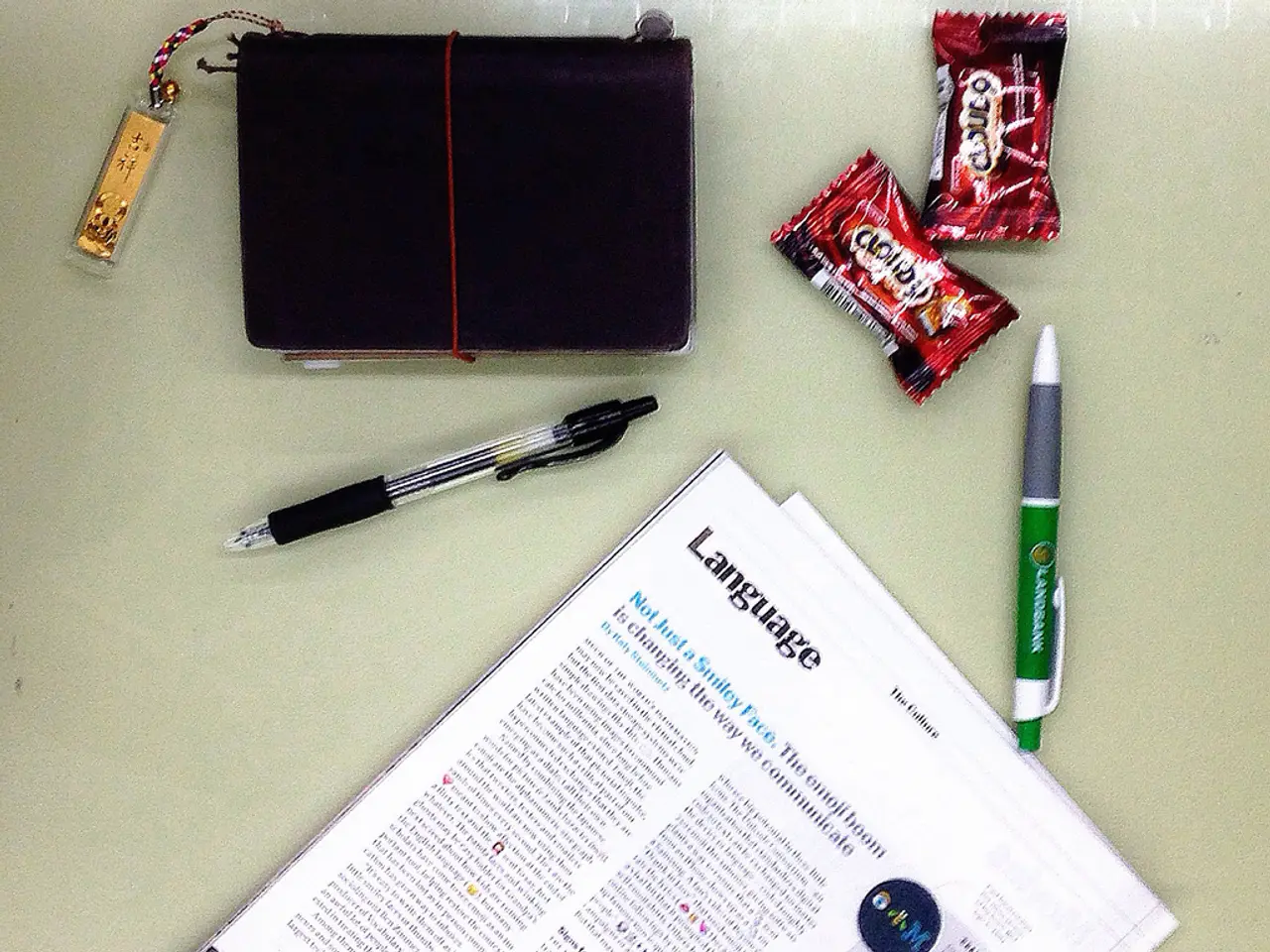Understanding the Mechanics of Verse Composition
In the world of poetry, meter serves as the foundation for a poem's rhythm and overall sonic pattern. This structured pattern of stressed and unstressed syllables within a line shapes the flow and musicality of a poem, enabling poets to create a specific mood, pace, or emphasis by controlling how the poem sounds when read aloud.
Meter defines the rhythm structure by organizing syllables into repeated units called "feet." For instance, the iambic trimeter consists of three iambic feet (each foot is an unstressed syllable followed by a stressed syllable), resulting in six syllables with a da-DUM da-DUM da-DUM pattern, which directly influences the poem’s cadence. Different meters produce different rhythmic effects, such as iambic pentameter (five feet per line), commonly used to create a natural, flowing rhythm that can emphasize emotional and thematic elements.
The significance of meter lies in its ability to accentuate meaning, enhance memorability, and evoke emotional responses in poetry. This rhythmic framework allows poets to balance formal constraints with expressive freedom, honing the poem's impact on the reader or listener.
Different types of meter have different names based on the number and type of feet in each line. For example, iambic tetrameter is a type of meter with four iambs in each line, while a trochee, dactyl, anapest, amphibrach, cretic are other examples of feet. An unstressed syllable might sound softer, have a shorter length, or be lower in pitch, while a stressed syllable is a syllable that sounds louder, has a longer duration, or is higher in pitch.
A poet may choose to break a sentence in the middle of a line, a practice known as enjambment. This technique can be seen in the short poem provided, where the second sentence is broken between the second and third lines. Poets can also add visual elements to enhance or change the meaning of the poem.
In summary, understanding meter in poetry is crucial to appreciating the art form's rhythm, melody, and emotional impact. By mastering the various types of meter, poets can create verses that resonate with readers and listeners, leaving a lasting impression.
Pursuing education and self-development in poetry can lead to a deeper understanding of its rhythm and emotional impact, allowing poets to craft verses that resonate with readers. Mastering different types of meter, such as iambic trimeter, iambic pentameter, iambic tetrameter, trochees, dactyls, anapests, amphibrachs, cretics, and others, enables poets to create verses that not only exhibit a structured pattern but also evoke emotional responses.




